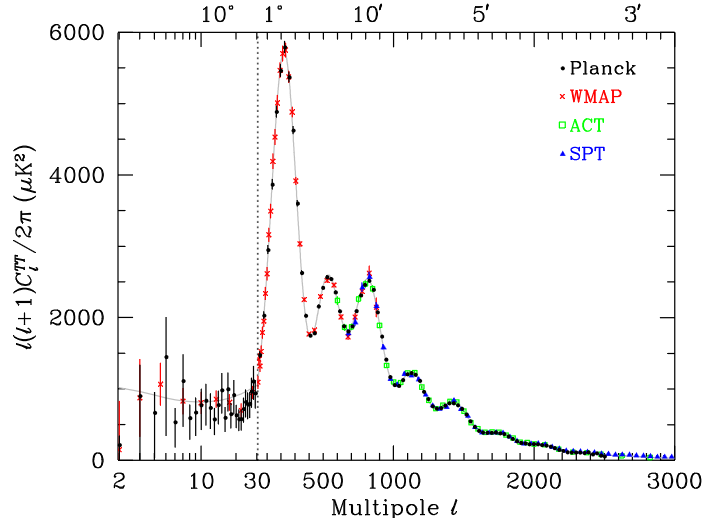This is confused and confounds the question of the geocentric and heliocentric models with whether orbits are circular or elliptical. Epicycles were introduced to attempt to reconcile the observation of retrograde motion with geocentric orbits, but after the heliocentric model was accepted, they continued to be used because Copernicus continued to believe orbits must be circular (what else could be consistent with the “heavenly spheres”?) In fact, the Copernican model had as many epicycles as the Ptolemaic system. It was only after Kepler discovered, by patient reduction of observations, particularly of the orbit of Mars, that planetary orbits were elliptical, that the motion of planets could be described without epicycles. The reason orbits were elliptical remained unknown until Newton described universal gravitation, which explains elliptical motion as a consequence of the inverse square law of attraction.
No. Zwicky’s hypothesis of dark matter (in 1933, not 1937) were based upon the motion of galaxies within the Coma cluster of galaxies, not stars. He observed that the velocities of galaxies in the cluster were much faster than were consistent with the galaxies being gravitationally bound to the cluster, and that if they were not bound, the cluster would have dispersed long in the past. This led him to suggest there must be unseen mass much greater than that for which visible galaxies could account in order for the cluster to remain gravitationally bound. All subsequent observations have confirmed this supposition.
It wasn’t until the 1970s that precision measurements of the rotation curves of spiral galaxies confirmed earlier observations that motion of stars in galaxies did not behave as expected for Newtonian gravitation by the visible objects in the galaxies, suggesting the presence of an invisible halo surrounding galaxies which is far more massive than the visible stars and gas.
Modified Newtontain Dynamics (MOND) was developed in the 1980s to explain the anomalous rotation curves of galaxies without resort to dark matter. It assumes that Newtonian gravity departs from the inverse square law at very low accelerations which are never encountered in the solar system or in laboratory experiments. The parameter at which the departure occurs is a “fudge factor” chosen to make the model agree with observations without any physical mechanism being suggested for the departure or the value of the parameter. MOND was not developed to explain the other rationales for supposing the existence of dark matter such as galaxy motion in clusters, gravitational lensing, the observed process of structure formation in the early universe, and other conflicts with observation, some of which MOND makes worse.
No, it isn’t. It does not explain either the anisotropies in the cosmic background radiation or the observed hierarchy of structure formation in the universe, both of which are completely consistent with the Lambda-CDM (dark matter and energy) model.
If he concludes this, he is wrong. MOND makes predictions, such as the behaviour of galaxies in clusters, gravitational lensing, the dynamics of stellar motion in ultra diffuse galaxies, and widely separated binary star systems which have been falsified by observations. You can work around some of these by piling more and more complexity onto the theory, but then that’s like adding epicycles to a flawed model of the solar system. The dark matter model, conversely, not only has made predictions, but one of the most successful predictions in observational astronomy in its long history. Before the first observation of the cosmic background radiation, the dark matter and dark energy model made a precise prediction of the power spectrum of anisotropies in the cosmic background radiation. Here is the spectrum predicted by the Lambda-CDM model (solid line) and observations by four independent experiments on Earth and in space made years after the prediction.
No. A “fudge factor” is an arbitrary correction added to a theoretical prediction to make it agree with observation, which is precisely what the a_0 parameter in MOND does to Newtonian gravity. Positing something unobserved as an alternative to discarding a theory which has passed every experimental test for decades or centuries has a long and often successful history. The neutrino was originally postulated by Wolfgang Pauli in 1930 to explain observations which seemed to indicate the process of nuclear beta decay violated the laws of conservation of energy, momentum, and angular momentum. It was believed at the time that it might never be possible to detect the neutrino, but the neutrino fit so well into the rest of particle physics while preserving conservation laws which had never been seen to be violated in any other circumstance that it became widely accepted. It was not until 1956, a quarter century later, that the neutrino was directly detected in the emissions from a nuclear reactor, a technology which was not imagined when the neutrino was proposed. The neutrino, which does not interact with other matter except through the weak interaction (and gravity, which is negligible for a particle with so little mass as the neutrino), is similar to dark matter, which is assumed to interact with other particles only via gravity. This makes it difficult to detect directly, but not impossible, which is why experiments to detect it have been and are being conducted.
Such an observer would not only be cynical, but ignorant. Direct funding of experiments for direct detection of dark matter is minuscule by the standards of Big Science. The satellites, telescopes, and particle physics experiments which have produced results considered relevant to dark matter were almost entirely built for other purposes, and the observations they conduct would be almost identical if nobody had ever heard of dark matter.
